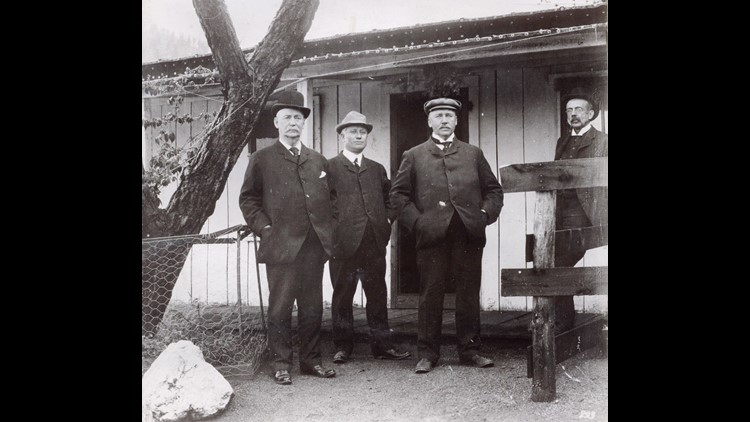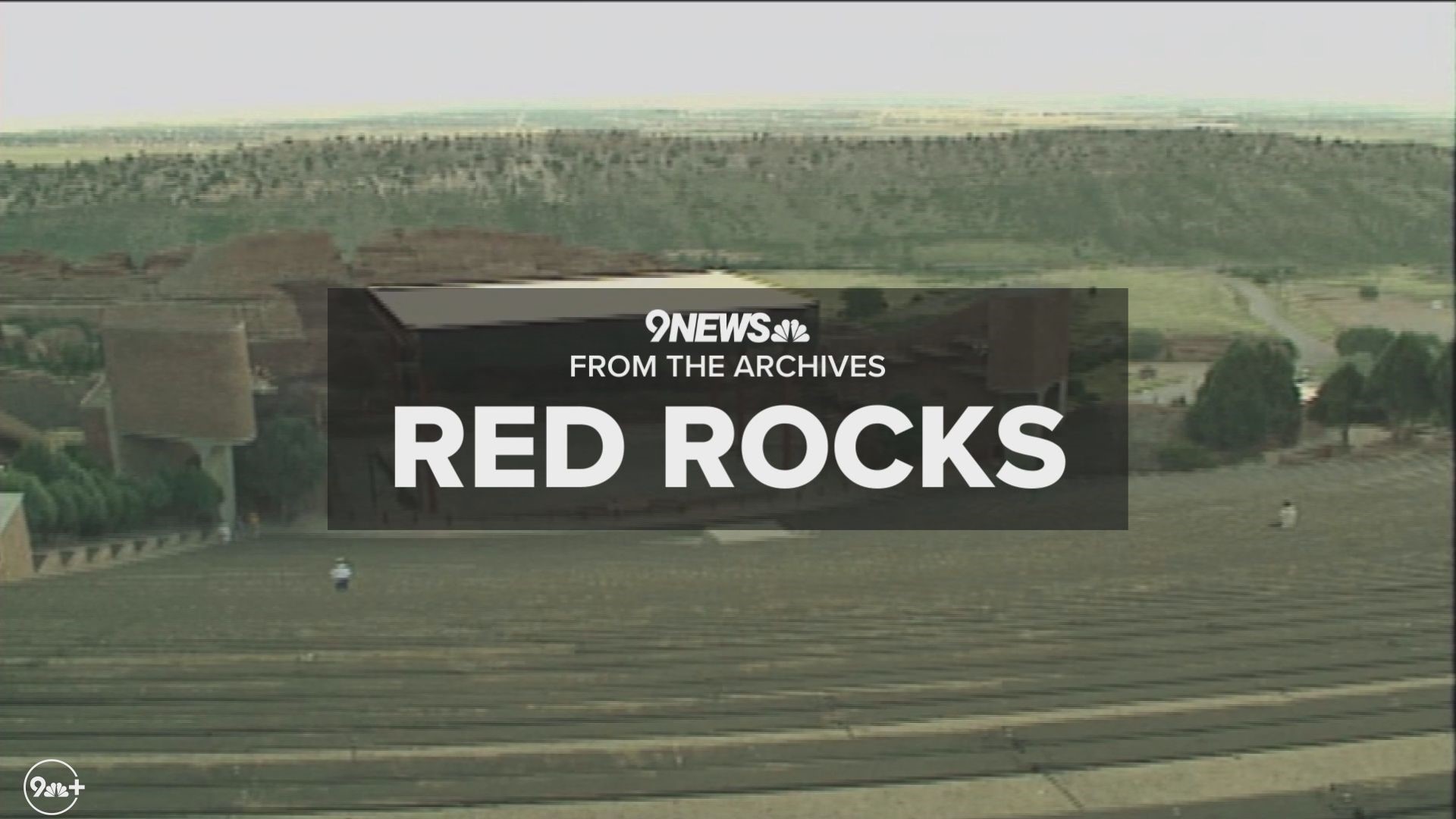KUSA - The founders of Denver Water may not have thought there would be 1.4 million people living in the city by 2018, but they did know that Denver would grow into a population center of the west … and planned accordingly.
There’s proof of this at Cheesman Reservoir, a man-made lake about 80 miles southwest of downtown Denver that’s so breathtaking you almost forget its real purpose: to sustain life in the city of Denver.
“It’s beautiful, it’s wild, it’s scenic, it’s isolated,” said Denver Water Spokesperson Jessica Mahaffey.
Cheesman Reservoir is named for Walter S. Cheesman, who helped Denver Water’s predecessor – the privately-owned Denver Union Water Company – build the dam.
“It was completed in 1905, and it really is the beginning of Denver Water’s story, and actually the beginning of Denver itself," Mahaffey said.
The 221-foot dam, constructed with gray granite from a nearby quarry, was at the time the largest dam in the world. It’s proof they were thinking of water needs long into the future.
Thirteen years later, in 1918, the citizens of Denver voted to purchase the private company running their water, and the utility Denver Water was born.
In 1963, Denver Water built an even larger reservoir in Summit County. They had to relocate the town of Dillon to do so, and the former town site is still below the waters of the reservoir that now bears its name.
To get that water down to the city of Denver, they had to build the Harold D. Roberts tunnel. At 23 miles in length, it was the longest tunnel of its kind.
It took some incredible feats of engineering to lead Denver Water through its first 100 years, and more innovation will be needed to sustain the booming population in the Mile High City into the future.
“I always joke and say that I started working for Denver Water when I was 9 years old,” Mahaffey said.
She grew up in Waterton Canyon, the daughter of a caretaker. That’s what you call the person who lives at the dam, and maintains its systems, and so water operations just became part of her life.
“And I also got to see my dad do his job day in and day out, and how difficult it is some days to makes sure that the operation runs completely and continuously 24/7 through all seasons,” Mahaffey said.
It’s only fitting for someone like Mahaffey, tied to Denver Water’s past, and present, to be able to help write the next chapter in their story.
“It’s a wonderful thing to look into the future because the next 100 years can’t be like our last 100 years,” Mahaffey said.
Over-population and climate change are two of many concerns for Denver Water heading into that next chapter, but they are already working on answers.
“We’ll lean more on innovation, and recycled water, sustainability, and doing more city management, urban watershed management, because while this is an excellent foundation, the future is going to be different,” Mahaffey said.



